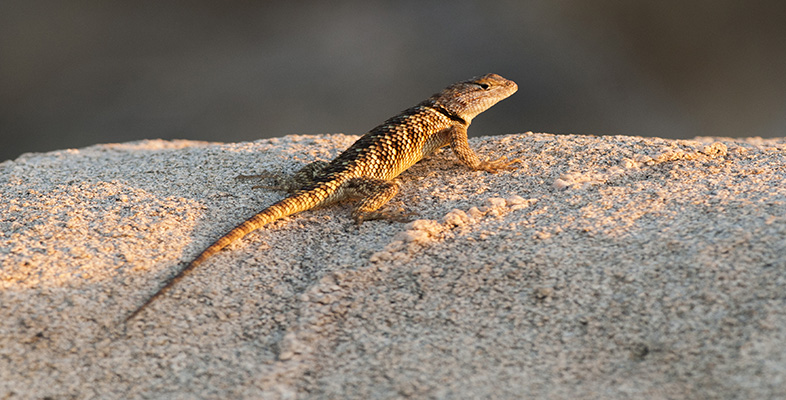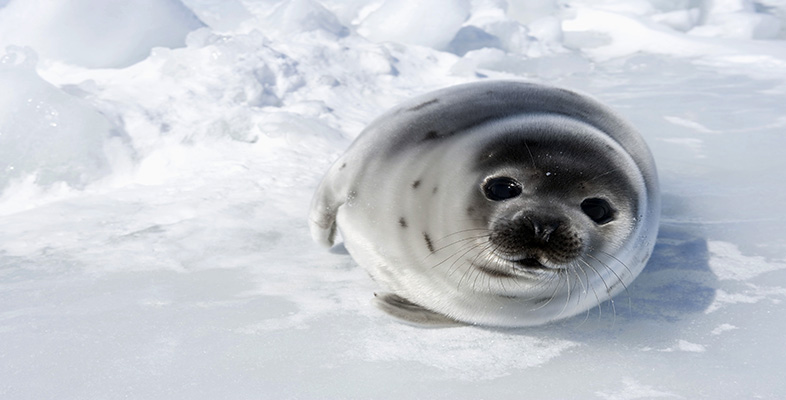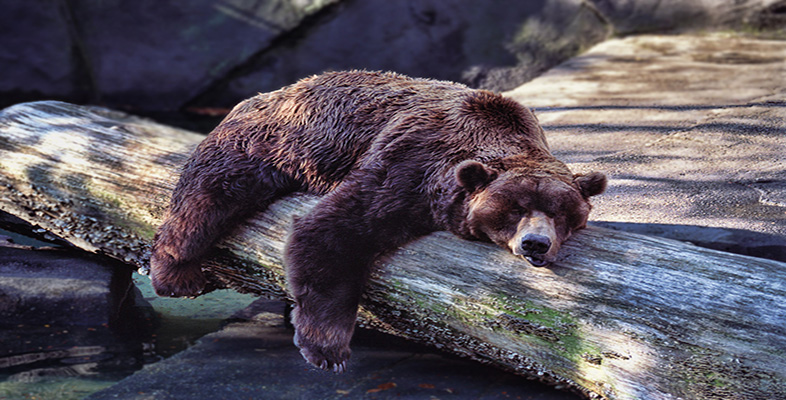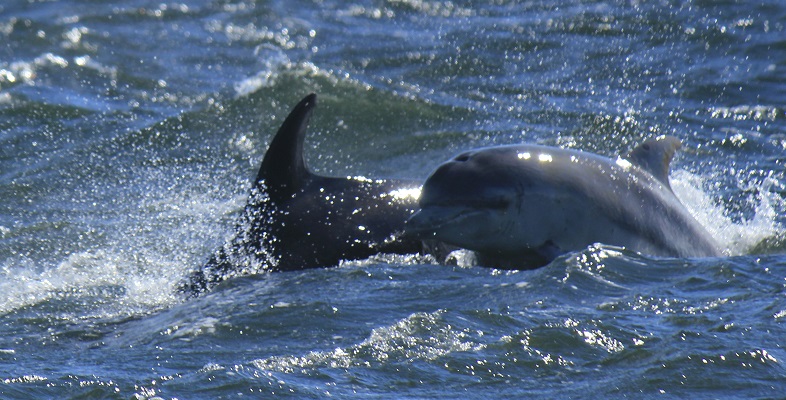Animals at the extremes: The desert environment
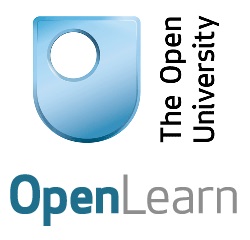
OpenLearn Review
Location
Online(Course Link)
Dates
On Demand
Course Categories
Math, Science and Engineering
Certficate
Yes(statement of participation)
Language
English
Course Fees
FreeNo. of Attendant
Unlimited
Acquired Skills/Covered Subjects
- describe the importance of integration of behaviour,explain physiological mechanisms of water conservation and cooling in named evaders,provide examples that show there is a continuum of desert climates and environments that link to diversity of flora and fauna
| Provider Name | OpenLearn |
|---|---|
| Training Areas |
|
| Website | http://www.openuniversity.edu/ |
| About The Provider |
Since its launch in 2006, OpenLearn has become an integrated part of The Open University, with the site attracting more than 69 million visitors – many of which go on to make an enquiry about becoming a formal student, strengthening the journey between informal and formal learning. The OpenLearn team originate, commission and develop content that unites faculty and University priorities with areas of topical and general interest. This is in support of our own student population in their academic, skills and career and personal development (CPD) endeavours, delivering quality assets openly available for teaching and learning. OL deliver bite-sized learning experiences designed to fit easily into daily life, so whether you're a busy parent looking to get promoted at work, or back-packing across Africa and wanting to increase your learning, we are open with no requirements to access our free materials. Some of OL academic-led content includes: |
Animal life has adapted to survive in the most unlikely and inhospitable habitats. This free course, Animals at the extremes: The desert environment, looks at the surprisingly diverse desert climates throughout the world and mammals, birds, lizards and amphibians that survive there. It splits these animals into three groups according to their strategy for survival: evaders, evaporators and endurers, then discusses how these strategies work on a biochemical and physiological level.

